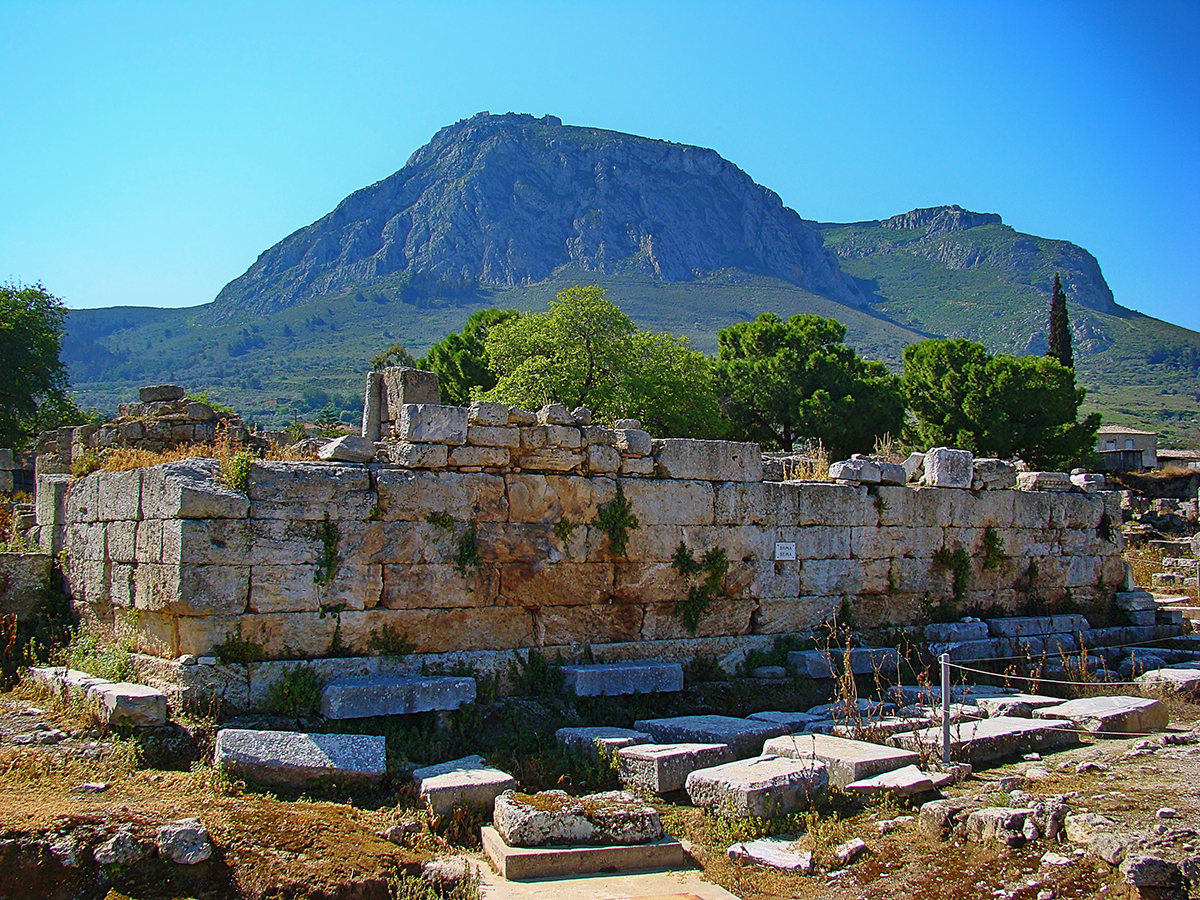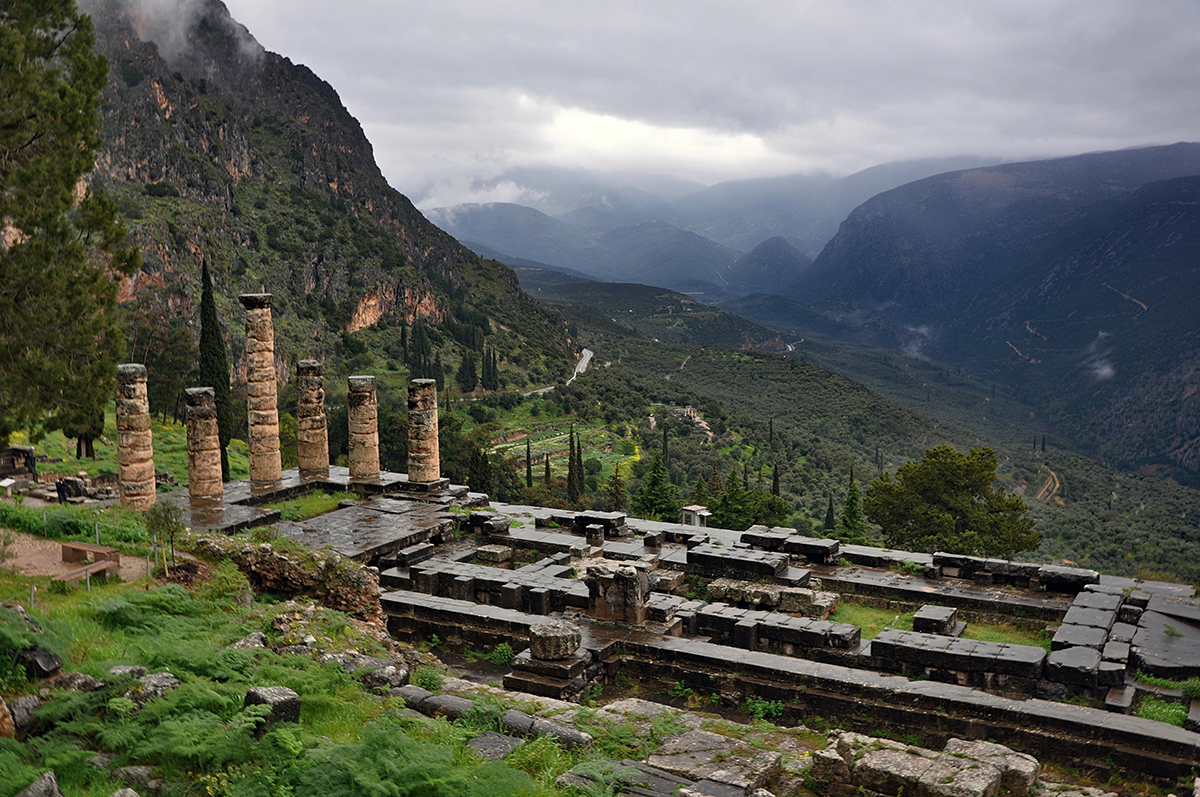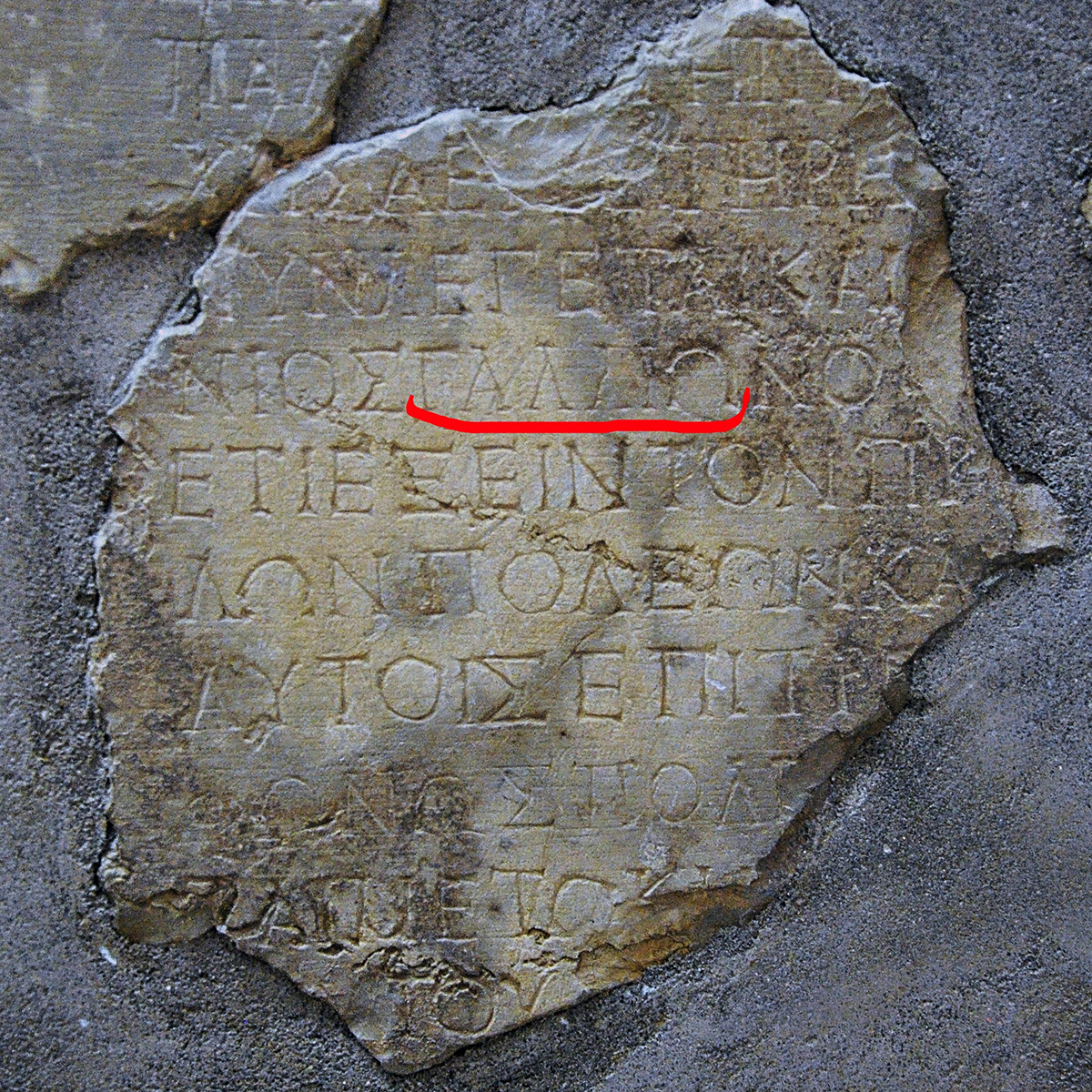
by Leon Mauldin
Synopsis: Gallio, before whom Paul stood, served as proconsul of Achaia for approximately one year. The actual bēma (judgment seat) can still be viewed at Corinth. Further, Gallio is mentioned in an inscription by Claudius, the Delphi Inscription.
Luke informs us that Paul labored a year and six months at Corinth, "teaching the word of God among them" (Acts 18:11). During this time, Sosthenes, the ruler of the synagogue, leveled charges against Paul. The Bible says,
But while Gallio was proconsul of Achaia, the Jews with one accord rose up against Paul and brought him before the judgment seat, saying, "This man persuades men to worship God contrary to the law." But when Paul was about to open his mouth, Gallio said to the Jews, "If it were a matter of wrong or of vicious crime, O Jews, it would be reasonable for me to put up with you; but if there are questions about words and names and your own law, look after it yourselves; I am unwilling to be a judge of these matters." And he drove them away from the judgment seat (Acts 18:12-16, NASB).
We want to emphasize the historicity of Paul's appearance before Gallio. Not only was Luke a careful historian, but he was also inspired by the Holy Spirit. A case here in point is the precise term of "proconsul" to designate the Roman administrator of the province and the naming of the specific official, Gallio. "Achaia was governed by a proconsul from BC 27 to AD 15, and from AD 44 onwards. It was a province of the second rank, and was administered by Roman officials, after holding the prætorship, and generally before the consulship. Corinth had now become the chief city of Achaia, and the residence of its governors" (Ramsay, 258). Luke used the proper term, "proconsul."
Further, the specific time that Gallio held office has been narrowed down. "(H)is first (and only complete) year would thus run from July 1 of one year to July 1 of the following year—in the majority view, from July 1, 51 CE, to July 1, 52" (Keener, 3:2761). This kind of information is extremely helpful in establishing a chronology for Paul's journeys; at this point in Acts, Paul was on his second missionary journey. Further, since Paul wrote 1 and 2 Thessalonians while at Corinth, it likewise helps in dating those epistles.
The term "judgment seat" (Acts 18:12) is the Greek word bēma. It was "a raised platform mounted by steps and sometimes furnished with a seat, used by officials to address an assembly or make pronouncements, often on judicial matters. The judgment seat was a familiar item in Greco-Roman culture, often located in the agora, the public square or marketplace in the center of a city" (NET Bible sn).
In our accompanying photos, we see the "judgment seat" where Paul made his appearance before Gallio. The Acrocorinth is in the background. The Gallio Inscription is on display in the museum at Delphi. We have underlined the word "Gallio." The (fragmentary) inscription was from Emperor Claudius, and it reads, "Tiberius Claudius Caesar Augustus Germanicus, invested with tribunician power for the 12th time, acclaimed imperator the 26th time. . . sends greetings to. . . But now, since it (Delphi) is said to be destitute of citizens, as L. Junius Gallio, my friend and proconsul recently reported to me. . ." Also, we have included a photo of the temple of Apollo at Delphi.
The discipline of archaeology helps us to see we are dealing with real people, real events, real places, and real history! 
Keener, Craig S. Acts: An Exegetical Commentary. Vol. 3. Grand Rapids, MI: Baker Academic, 2012-13.
Ramsay, W.M. St. Paul the Traveller and the Roman Citizen. New York: G. P. Putnam & Sons, 1896.


Image-1 Caption: The "judgment seat" where Paul made his appearance before Gallio at Corinth

Image-2 Caption: The temple of Apollo at Delphi

Image-3 Caption: Gallio Inscription on display in the museum at Delphi